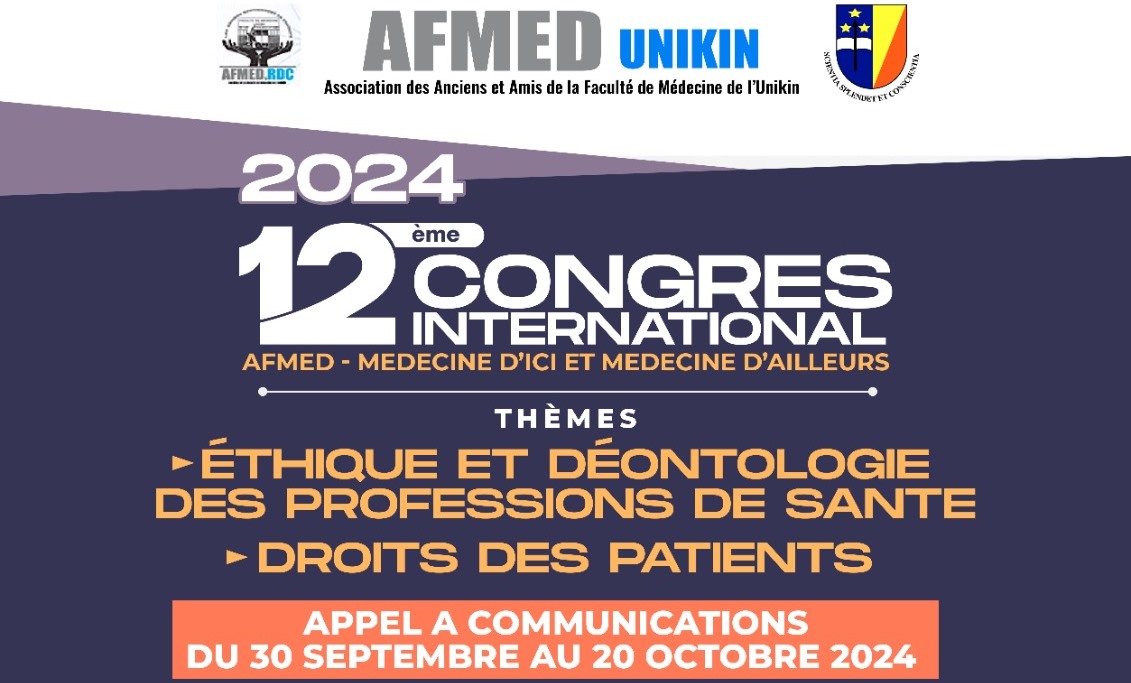KapayKibadi
Unité de chirurgie plastique reconstructive et esthétique, chirurgie des brûlures, chirurgie de la main et des nerfs périphériques, Cliniques universitaires de Kinshasa, Faculté de Médecine, Université de Kinshasa, B.P. 834 Kinshasa XI, Kinshasa, Democratic Republic of Congo
Introduction
Pterygium colli is a congenital malformation of the neck that is short, wide and constricted, as if it was webbed. The skin fold often sits on both sides of the neck, extending from the mastoid to the acromial region, and explaining its Greek name (pterugion, “small wing” and collum, “neck”). The first description of the webbed neck was reported by Kobylinski in 1883 [1] and the name “pterygium colli” was invented by Funke in 1902 [2]. Most cases are associated with Ulrrich–Turner syndrome or Noonan syndrome [3].
For Posso et al. [4], large series of surgical correction of pterygium colli are rare in the medical literature. In most cases, isolated clinical cases are reported [4], [5], [6], [7], [8]. The long-term outcome of bilateral cervical scars secondary to this surgical correction as well as the results of clinical cases in black skin patients are poorly reported in the literature. However, pathological scars are frequently found on pigmented skin (African and Asian skin) with an incidence of up to 16% in a black-skinned population [9] and a high distribution of 16.2% in the neck region [9].
We report for the first time the surgical correction of pterygium colli on black skin in a patient from a population with high incidence of keloids, and we could also discuss the issue of “benefit-risk”. The cicatricial outcome of this pterygium colli once corrected led us to reflect on the possible preventive and curative measures to be adopted perioperatively and postoperatively to prevent these pathological scars in at-risk patients.









